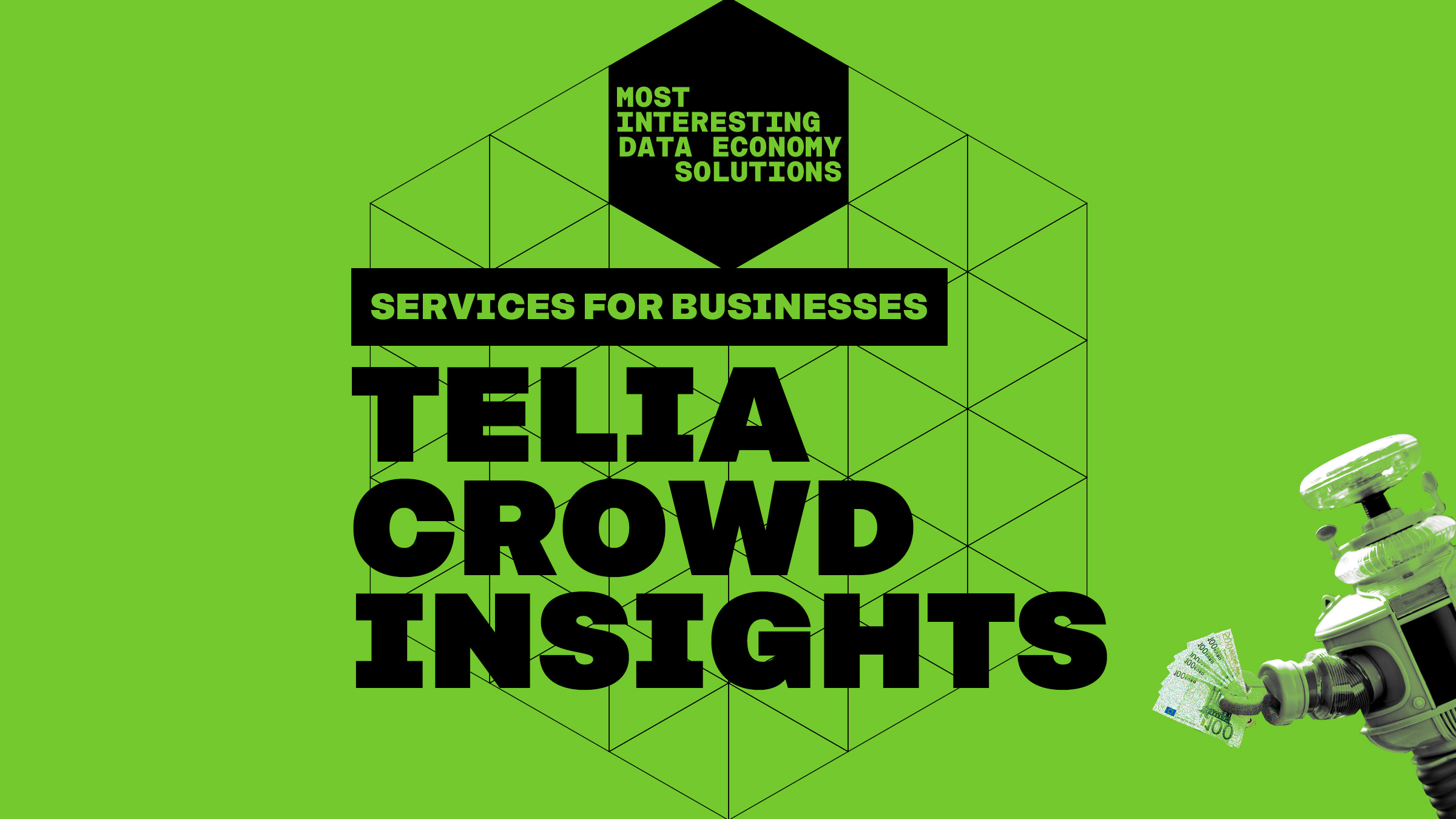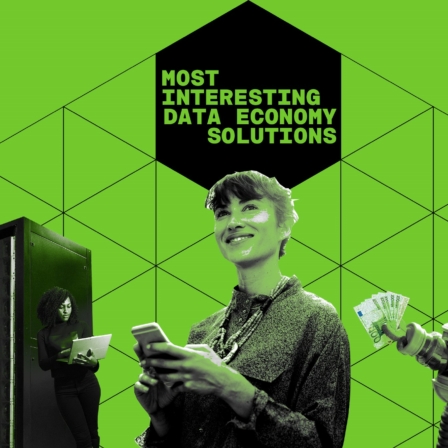What if, when setting up a café, an entrepreneur could find out exactly how many people pass by the business place at different times? Or what if city buses could run according to the number of passengers?
The Telia Crowd Insights service provides precise information on the movements of crowds in different areas. The data comes from Telia’s customers’ mobile phones. In order to respect the data privacy individuals, information about people’s movements is anonymised so that it is not possible to identify the passage of an individual person. The customer can prohibit the use of their data in anonymous people flow data.
“In the service, Telia’s data is enriched with a calculation formula that is applied to all people moving in the area under review. In this way, the user of the data gets an idea of the movements of the entire population, not just of Telia’s customers,” says Suvi Valkama, Business Development Manager at Telia. The movements of children under six years of age are not included in the sample.
The information that Telia’s data service provides to its customers is continuous and accurate. This makes it easy to use at different stages of decision-making, whether it is deciding where to locate a café or planning opening hours for the most productive times.
“Many decisions related to people movement are still based on historical data. For example, a new residential area, metro line or shopping centre may have significantly changed the flow of people in the area, in which case, for example, data collected through surveys years ago gives wrong information about the number of people in the area.”
Data on people’s movement can help with urban planning
Mobile network data has not been used as extensively in the Nordic countries as it is now in Telia’s service. The company’s data has already been used for a variety of needs in urban and transport planning, tourism and retail. Crowd Insights data has been combined with, for example, the Salmi Platform’s analytics service, which analyses the impact of tourism and events, and produces a comprehensive overview of the state of tourism.
GoSaimaa, which promotes tourism in cities of Imatra and Lappeenranta, has used Telia and Salmi’s solution to find out, for example, how many tourists visit the Saimaa region, how long they stay there, where they mainly visit and how much money they spend. This information has helped GoSaimaa plan and market events.
Telia’s data has also been useful in unexpected societal upheavals.
“During the worst coronavirus lockdowns, the data was used to find out how the guidelines during the pandemic affected people’s movement,” Valkama illustrates.
In Sweden, the local statistics agency SCB combined anonymised mobility data provided by Telia with its own population data, which was used to draw conclusions about how people living in different residential areas meet in their everyday lives.
“This made it possible to better understand how people from different socio-economic backgrounds meet each other and what kind of urban planning measures could influence it.”
Telia hopes that research institutes and universities will experiment with the data and budget for its use as part of their research projects. Data can be useful, for example, in research aimed at understanding people’s movements and how they change.
The best value of mobility data is created when it is combined with other data sources
The data in Telia’s service is also useful when cities seek to reduce climate emissions in their areas. With the help of near real-time data, municipalities and cities can plan public transport to be as smooth and efficient as possible.
“Data can be used to identify where and when people move. Information on people’s actual movements helps to identify bottlenecks in the transport system. By developing services and infrastructure, we can attract people to sustainable modes of transport, such as public transport,” says Valkama.
Telia’s goal is to create new data-driven innovations and business together with companies. ”We believe that end customers get the most value from data when it is combined with other data sources, such as demographic data provided by Statistics Finland, weather data, data from traffic calculators or even tourism surveys,” says Valkama.
“Rapidly advancing AI and increasingly real-time data will certainly open up exciting new opportunities and improve the quality of informed decisions.”


